The Bubonic Plague, also known as the Black Death, is a potent disease transmitted through bacteria called Yersinia pestis. It customarily spreads when infected fleas bite humans; these fleas ordinarily reside on rats and other small crickets. The disease leads to swollen and painful lymph glands, named buboes, which is why it is called this way. The Bubonic Plague has dramatic origins, as it brought about a dire scenario in Europe during the Middle Ages by causing numerous deaths.
Yersinia pestis is responsible for causing Bubonic Plague and ordinarily resides within rodent species, especially rats. Fleas that feed on these crickets can potentially transmit the disease to humans. When this bacteria enters someone's organism, it multiplies dynamically and spreads through the blood to miscellaneous organs. Entities who obtain the Bubonic Plague can witness fever, feelings of being cold, headaches, fatigue, and swollen lymph nodes. These can turn into sores that hurt and are full of pus.
Before, the Bubonic Plague led to formidable occurrences as many citizens died, resulting in critical societal modifications. Around the period of the 14th-century Black Death, it is believed that possibly tens of millions vanished across Europe alone; this impacted economic theatre, societal structures, and cultural aspects. The disorder also greatly impacted that period's art, literature, and religious thoughts.
Despite augments in the medical scene and upgrades in public health, the Bubonic Plague continues today in some sectors where sanitation is underdeveloped and healthcare networks are meager. Thus, to ensure that it spreads effectively, it's critical to unearth this illness quickly and tackle it with antibiotics. On top of that, controlling the population of rodents and educating individuals on halting their spread is highly important for overcoming the Bubonic Plague.

The jeopardy of the Bubonic Plague varies depending on features such as advanced healthcare, successful treatments, and well countermeasures. This disease can threaten public health in zones with limited resources or a lack of health infrastructure. If you do not recognize and treat the Bubonic Plague fast, it can make you very sick or even cause death.
Historically, the Bubonic Plague has been a highly lethal disease for humans. Large outbreaks, such as the Black Death in the 14th century![]() , caused enormous devastation and resulted in the deaths of many millions, wiping out entire communities. The disorder spread rapidly, and the lack of knowledge and few medical supplies elevated its timeliness.
, caused enormous devastation and resulted in the deaths of many millions, wiping out entire communities. The disorder spread rapidly, and the lack of knowledge and few medical supplies elevated its timeliness.
The Bubonic Plague remains a dire dilemma in some places, majorly where rat populations are high and cleanliness is meager. Occasional outbreaks pose jeopardy to both residents and travelers. Nevertheless, augments in medical science and public health approaches have considerably plummeted the number of deaths caused by Bubonic Plague compared to previous epidemics.

People are still deciding where the Bubonic Plague surfaced, but many believe it originated with rodents in Central Asia. The bacteria Yersinia pestis, responsible for causing Bubonic Plague, may have evolved within these rodents and their fleas, as this is consistent with its natural process. With time passing, interaction between humans, rats, and fleas has become a way to facilitate the spread of this disease. Humans contracted bacteria from one another, leading to Bubonic Plague infections.
Historical records indicate the Bubonic Plague has been around for a long time, with evidence of its presence in ancient periods. However, the earliest documented outbreak of this indisposition on a large scale happened in the 6th century, during the Justinianic Plague. This plague affected the Byzantine Empire before spreading to miscellaneous zones across Europe, Asia, and Africa. Afterward, other dire diseases, such as the Black Death during the 1300s, ensured that the Bubonic Plague was recognized as one of the deadliest infections to happen to humans.
The history of the Bubonic Plague spreading is due to miscellaneous elements such as trade and commerce, the movement of people and animals, and environmental alternations. The diseased rats, along with their fleas, were transported by these activities, contributing to the worldwide spread of the disease. Cities filled with excessive populations and skimpy sanitation became perfect breeding grounds for rats and fleas, elevating the chances of humans contracting the sickness.
The exact circumstances that led to the Bubonic Plague turning into a disease in humans may never be fully unearthed. Yet, ongoing research on Yersinia pestis's natural habitat, genetics, and transmission continues to provide fresh insights into its origins and evolution. To develop countermeasures to dodge and keep in check the outbreaks of this formidable condition in the future, it is decisive to grasp its past and how it relates to the environment.

Bubonic plague is caused by Yersinia pestis, which is customarily found in rodents such as rats and mice. Humans can catch the sickness if they are bitten by fleas previously fed on these infected rodents. Once inside the human organism, Yersinia pestis can energically multiply and spread, inciting an infection with symptoms characteristic of the Bubonic Plague.
The bacterium known as Yersinia pestis possesses several traits that enable it to cause symptoms in humans, such as producing toxins that damage body tissues and mechanisms for evading the immune network's detection. It also has solutions for surviving and reproducing within human cells. Furthermore, Yersinia pestis can form biofilms, which act as a guard that promotes its survival in miscellaneous environments and allows the transfer between hosts.
Bubonic Plague spreads majorly through the bites from fleas that have the infection![]() . When a flea with the infection bites someone, it releases Yersinia pestis bacteria into their wound from biting and makes them ill. At times, when you come into contact with liquids from the body or parts of animals, such as rats or sick people, this may lead to bacteria being passed on.
. When a flea with the infection bites someone, it releases Yersinia pestis bacteria into their wound from biting and makes them ill. At times, when you come into contact with liquids from the body or parts of animals, such as rats or sick people, this may lead to bacteria being passed on.
If Yersinia pestis hops into a person's organism, it can cause problems such as fever, chills, headache, weakness, and swollen tissue sectors near lymph nodes known as buboes. If not treated, Bubonic Plague can become more intense, like septicemic or pneumonic plague, which may result in death. It's critical to swiftly unearth the problem and provide antibiotic treatment for bubonic plague, halting it from infecting more entities.
When someone obtains the Bubonic Plague, the symptoms appear differently. They begin between one and seven days after exposure to the Yersinia pestis bacteria.
The major symptom is a sudden high fever that may accompany chills, headache, and muscle aches. When the indisposition becomes more dire, individuals may witness a sensation of weakness, extreme strain, and a peculiar sense of unease.
An infamous symptom of the Bubonic Plague is when lymph nodes get bigger–these are named buboes, and they feel painful if someone touches them. These enlarged glands customarily surface in spots such as the groin, underarm, or neck region and may grow notably. In dire cases, the skin over these swollen glands may become red and painful, occasionally forming into pus-like sores.
On top of fever and enlarged lymph glands, the Bubonic Plague can lead to other symptoms such as nausea, vomiting, abdominal pain, diarrhea, or struggles breathing and coughing. In some scenarios, the Bubonic Plague may evolve into more severe forms known as septicemic or pneumonic plague. These forms might lead to quick worsening and dangerous health problems.
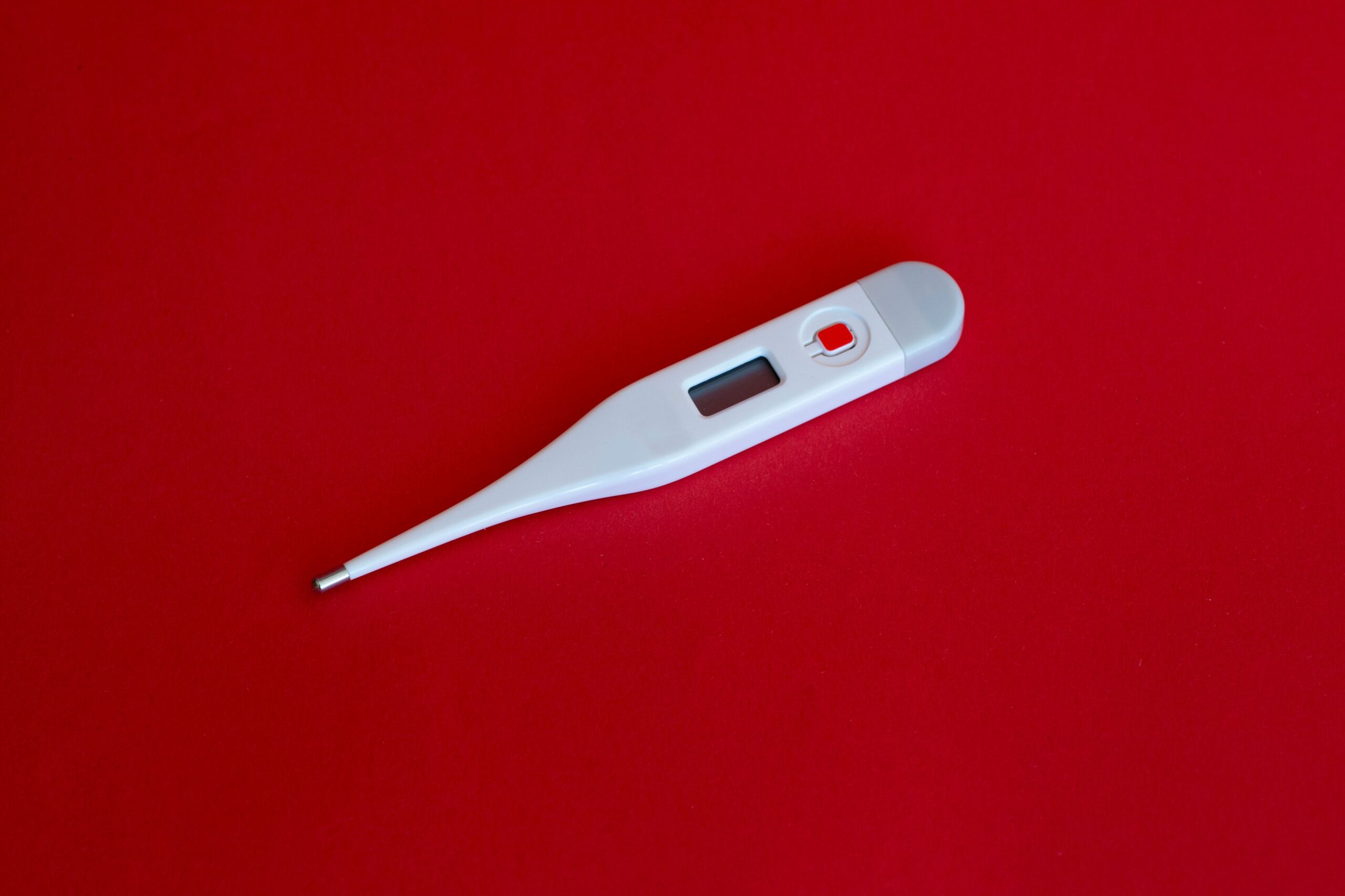
When a person displays symptoms that could be Bubonic Plague, physicians conduct an extensive examination that involves reviewing the individual's medical history and performing laboratory tests. They look for signs such as elevated temperature and swollen lymph nodes known as buboes and inquire about additional indicators like headache and muscle ache.
Laboratory examinations are crucial for confirming if a person is infected with the Bubonic Plague. Medical professionals collect samples of blood, saliva, or fluid from swollen lymph nodes to detect the presence of the bacteria Yersinia pestis. While examining with a microscope, cultivating the bacteria in laboratory settings, and applying procedures such as polymerase chain reaction, abbreviated as PCR, it is possible to identify the precise genes or proteins associated with this bacterium; these results conclusively establish that an infection exists.
In addition to laboratory examinations, reviewing a patient's medical history is essential for diagnosing Bubonic Plague. Physicians will inquire about recent travel to areas where the disease is common and whether there has been contact with animals, such as rats or individuals who might transmit the infection. If a person got flea bites in the past or handled animals that might carry Yersinia pestis, it could lead others to suspect that this person may have a Bubonic Plague.
To treat the Bubonic Plague, physicians apply a variety of antibiotic medications and provide supportive care. They also manage emerging complications. Starting treatment soon is essential for improving outcomes and reducing the risk of severe complications from the illness.
Apart from antibiotics, providing supportive treatments is crucial for managing symptoms of Bubonic Plague and preventing additional health complications. These interventions may involve administering intravenous fluids to maintain hydration, utilizing pain relief medications, and ensuring sufficient rest to aid recovery. We also must closely monitor the patient's vital signs and laboratory test outcomes to observe their response to the treatment and detect any deterioration in their condition.
At times, the Bubonic Plague can worsen and transform into septicemic or pneumonic forms of the disease; these variants require additional medical care. Septicemic plague occurs when the bacteria enter the bloodstream, leading to a widespread infection known as sepsis. The treatment could need powerful antibiotics, care to support the patient's health, and monitoring for signs that organs are malfunctioning or failing.
Pneumonic plague, the type that affects the lungs, is highly risky. It targets the lungs and can cause rapid breathing problems and death if prompt treatment isn't given. To cure this sickness, physicians administer antibiotics immediately and assist with oxygen intake or use breathing apparatus. Moreover, adhering strictly to infection control procedures is crucial to prevent the disease from spreading further, as pneumonic plague can be transmitted quite readily.

The odds of getting better from the Bubonic Plague depend on multifaceted factors such as the speed at which it is charted, access to treatment, and whether the patient has extra health concerns. Early detection of the indisposition and commencement of suited antibiotic therapy highly improve forecast and plummet the jeopardy of the following complications arising from this disease.
When citizens do not obtain treatment for the Bubonic Plague, it may dynamically decelerate and lead to dire issues such as widespread infection, organ failure, or death. However, with punctual medical backing, most patients with this disease can fully recover and return to regular routines after a few weeks.
Lastly, the Bubonic Plague may evolve into more formidable variations such as septicemic or pneumonic plague. These variants heighten the jeopardy of death by a significant margin. Septicemic plague emerges when bacteria enter the bloodstream, causing widespread infection and sepsis. When this bacterial infection reaches the lungs, it becomes pneumonic plague and can briskly cause respiratory strains.
Table of Contents
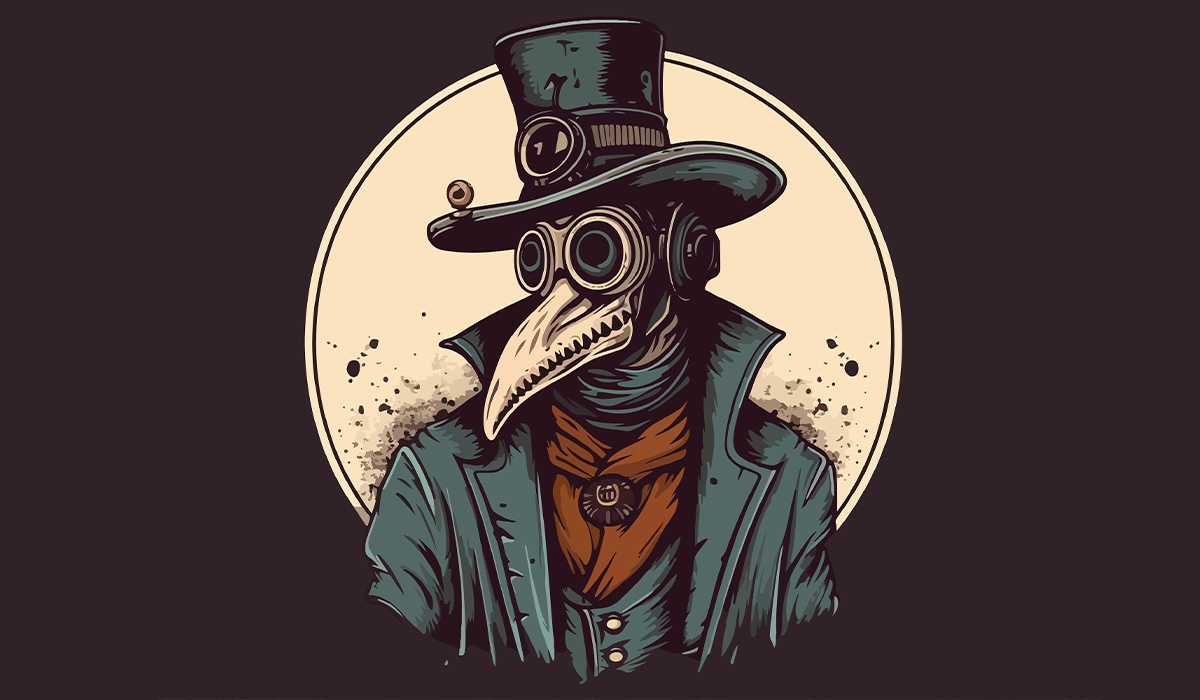
The Black Death is the name given to the plague epidemic. Today, the disease is less of a threat, but… read more »

The term typhus encompasses three main types of typhus – epidemic typhus, endemic typhus, and scrub typhus. Each one of… read more »
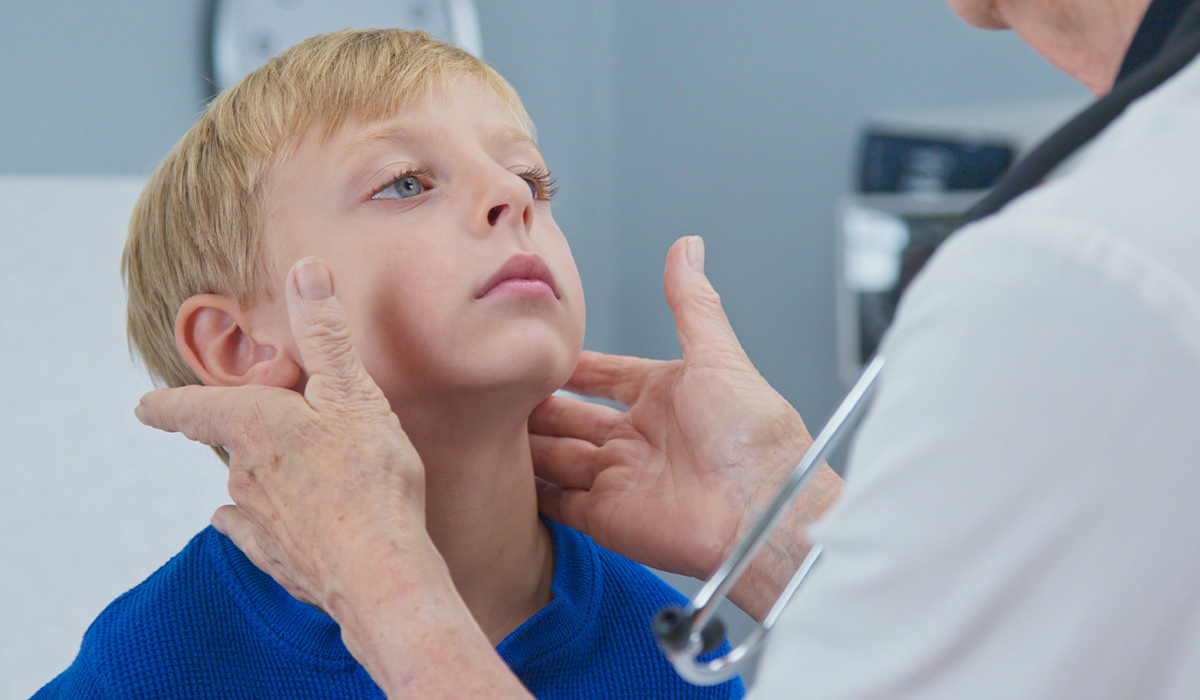
Swollen lymph nodes often occurs as a result of upper respiratory tract infections or infectious diseases. What are the symptoms?… read more »
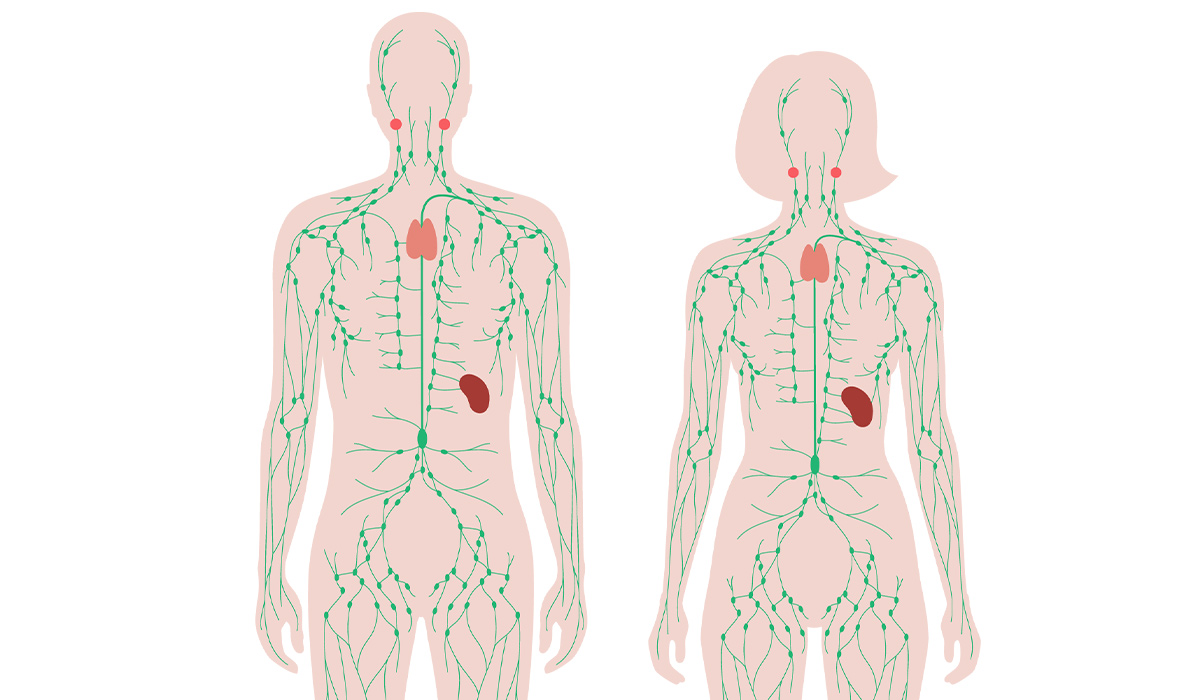
The human lymphatic system is an important support for the immune, circulatory and even digestive systems. What are its functions?… read more »
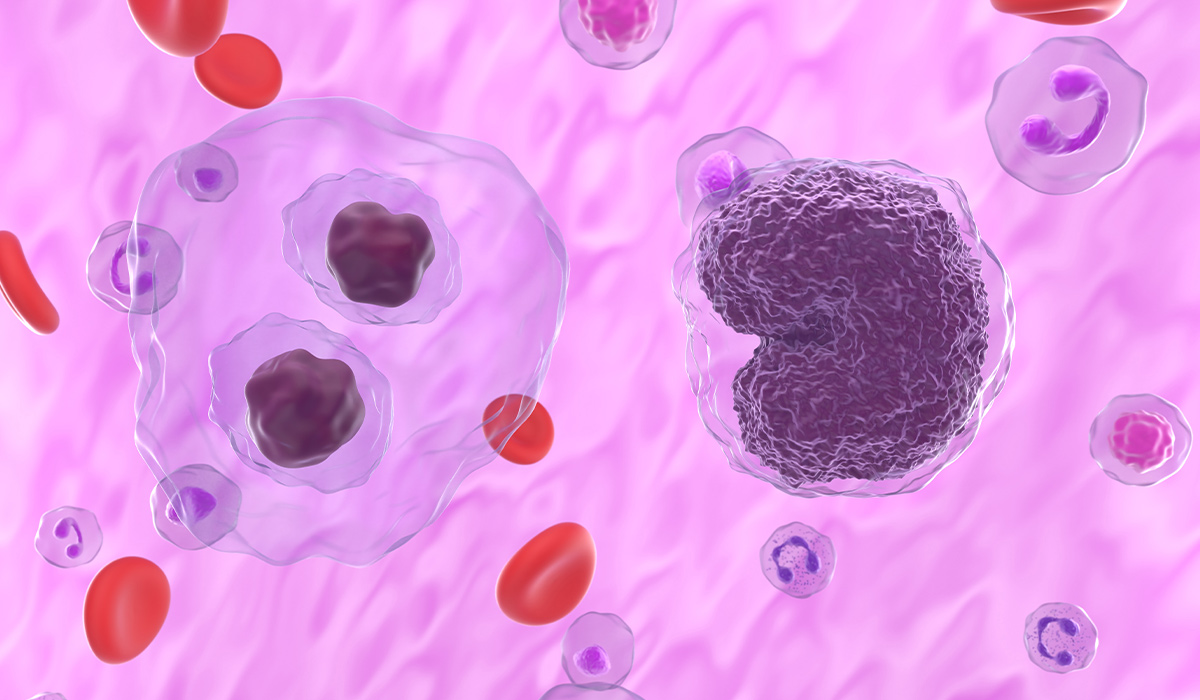
Lymphoma is a cancer of the lymphatic system. It is formed from lymphocytes – white blood cells. What are the… read more »

Encephalitis is a medical term doctors use to describe inflammation of the brain tissue. In this condition, the inflammation is… read more »

Salmonella bacteria infect both humans and animals. They can be found mainly in poultry but also in the meat of… read more »
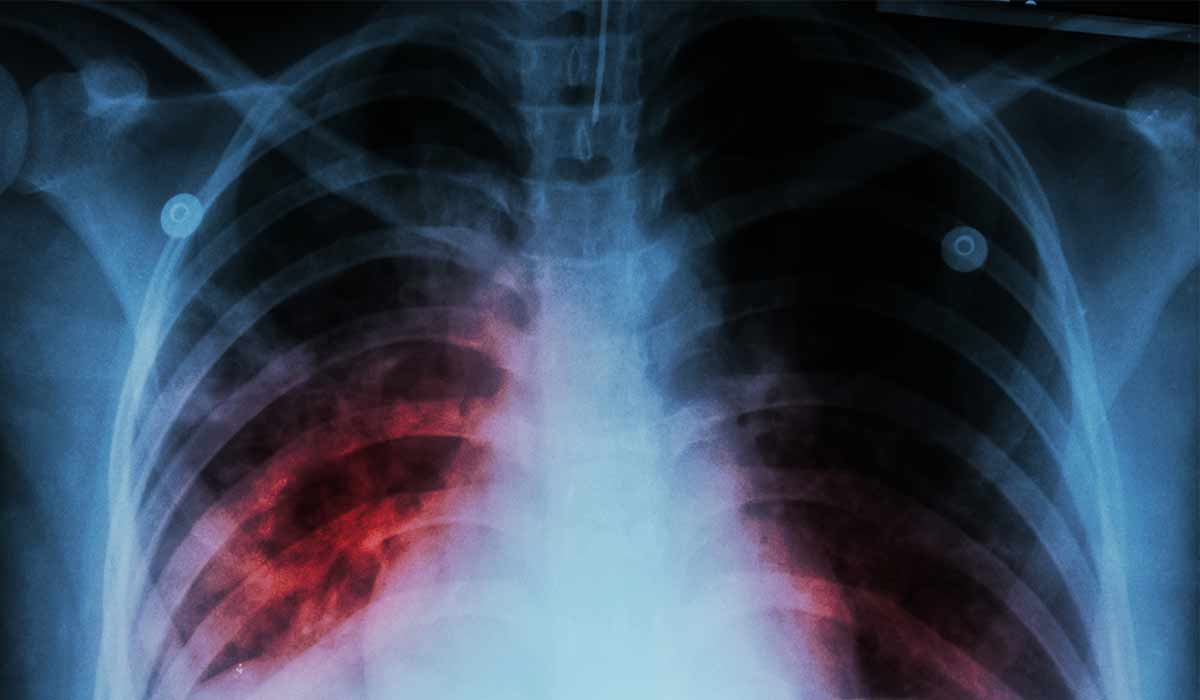
Tuberculosis is an infectious disease caused by mycobacteria. There are many types of tuberculosis with varying symptoms. Learn it all… read more »
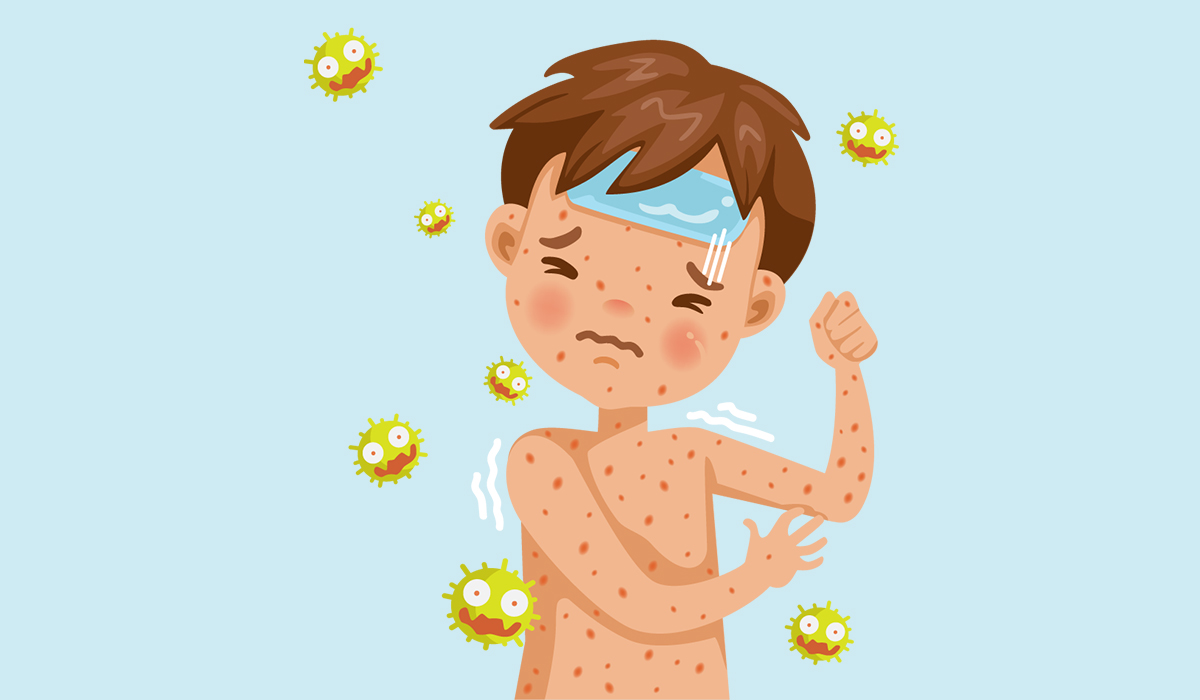
Rubella is an infectious disease caused by a specific type of virus. It is most commonly diagnosed in children. Find… read more »